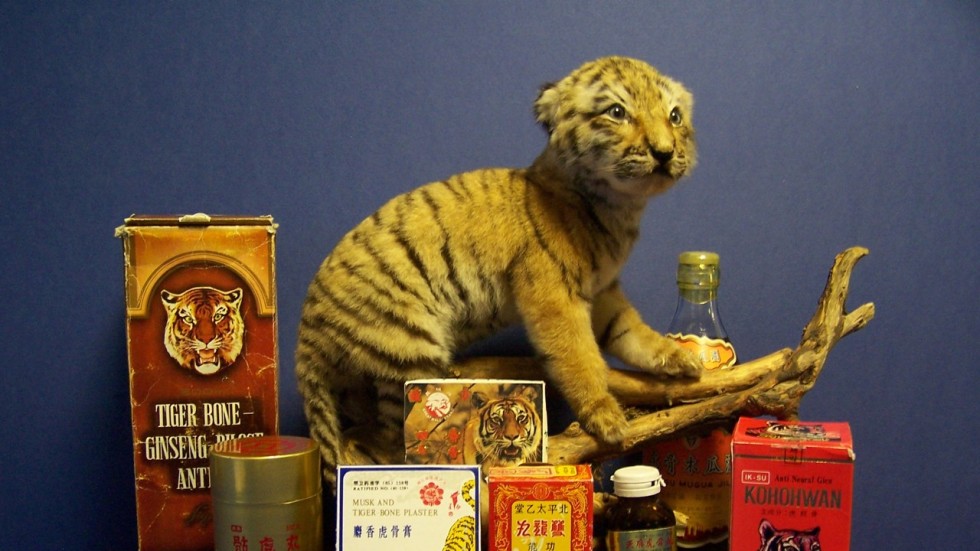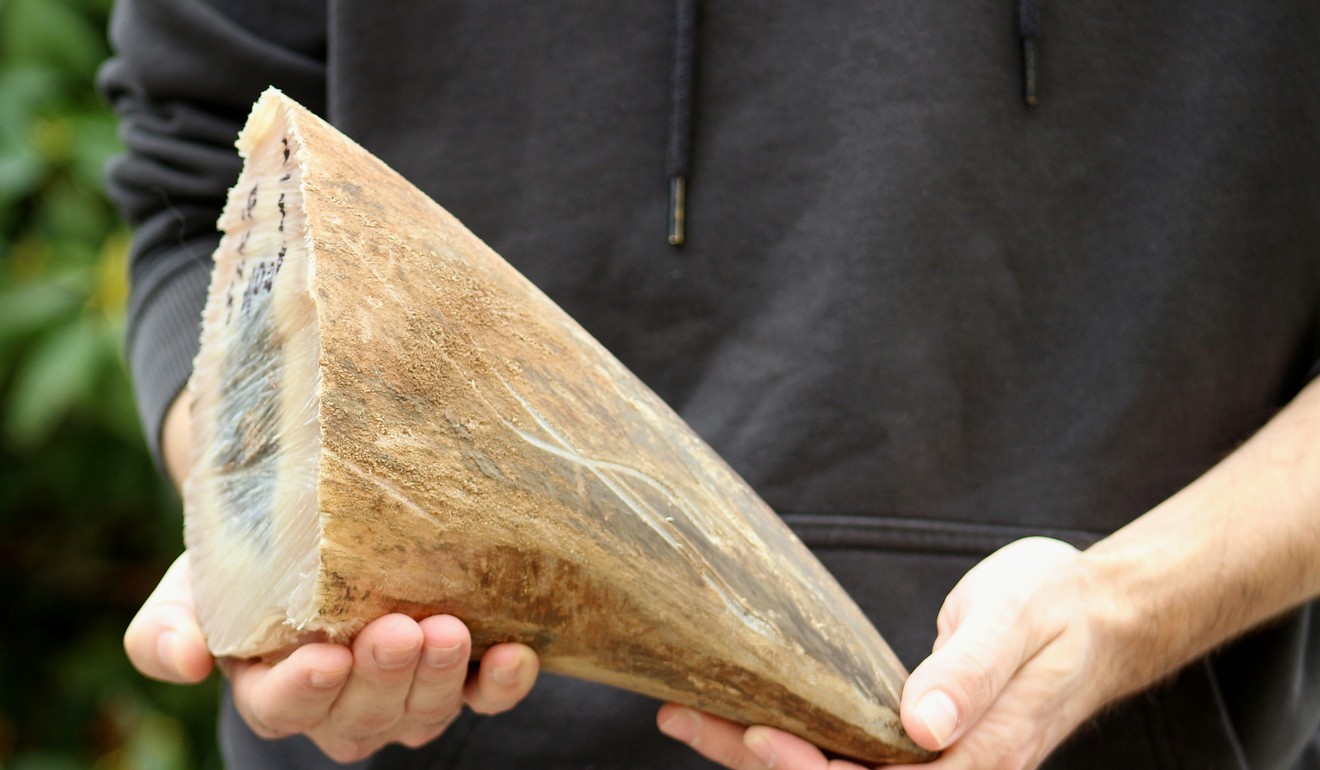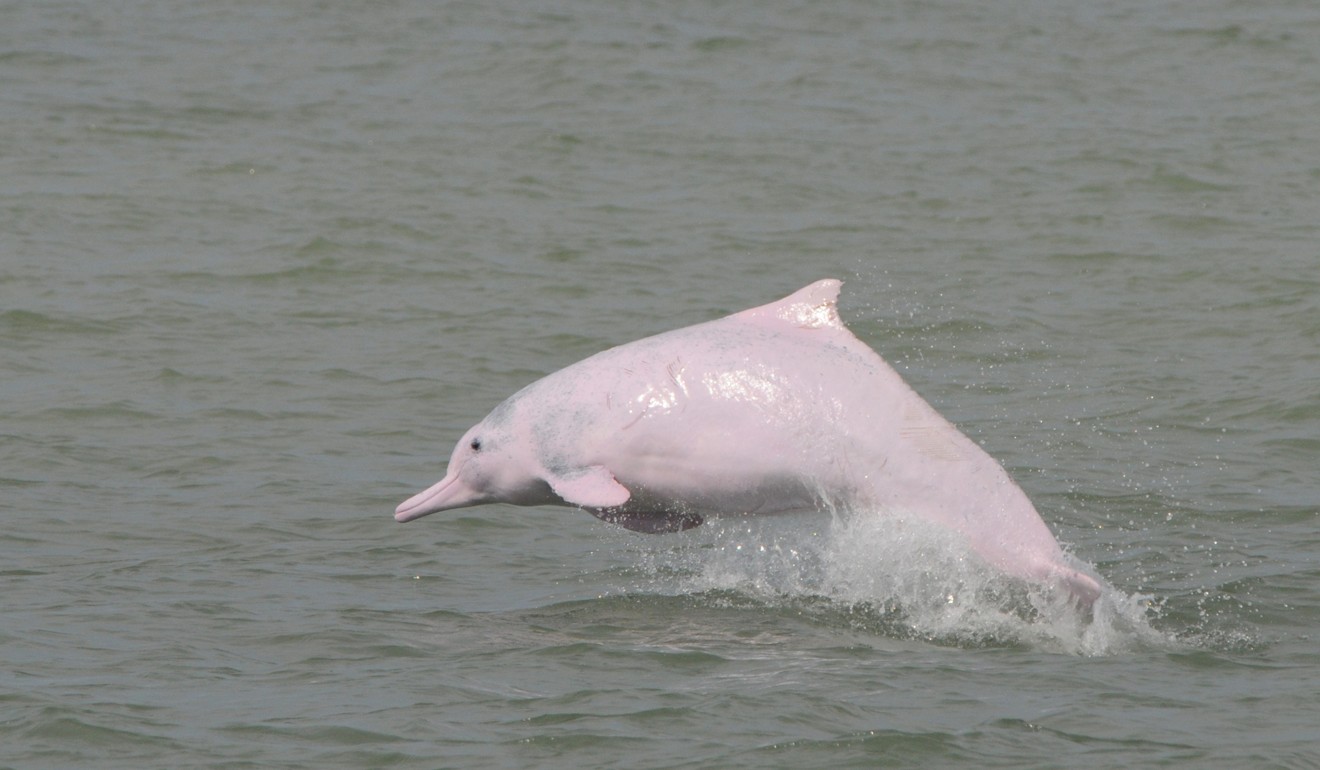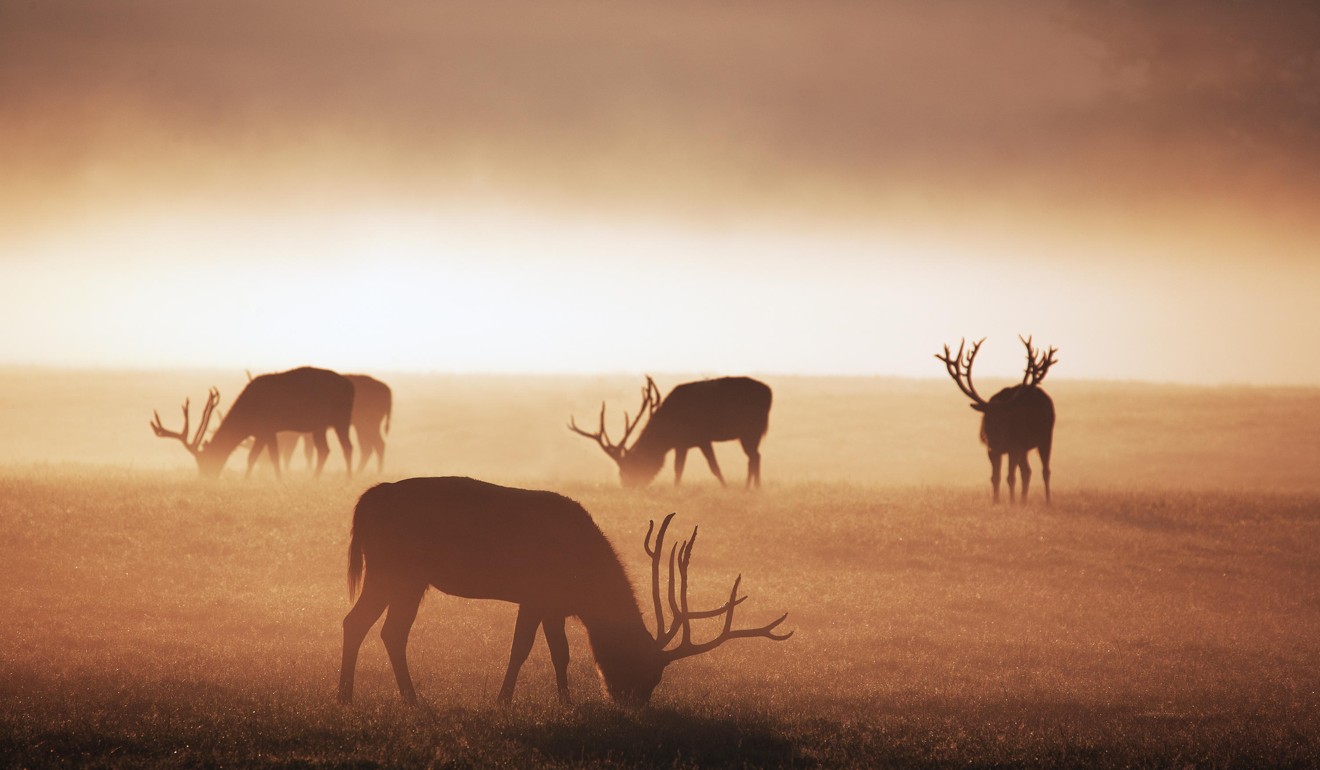
Monday was a bad day for the world’s wildlife. China announced it will allow scientific and medical uses of tiger bone and rhinoceros horn, reversing a 25-year ban on the practice, and trade in the items, while a new report detailed how mass consumption has decimated animal life in recent decades.
“Under special circumstances, trading or using of tiger bone, rhino horn or any products containing them should apply for permission,” China’s cabinet, the State Council, said.
Conservationists sounded the alarm at China’s decision, despite its restrictions on sourcing and use of the products.
“Rhino horn power for medical use can only be obtained from captive bred rhinos, and tiger bones from those of natural death,” the announcement said. Scientific researchers can request to use tiger or rhino products, it said, but only for the purpose specified. Antique tiger and rhino products are also permitted if they are given as gifts or are inherited assets.

Margaret Kinnaird, the Worldwide Fund for Nature (WWF) wildlife practice leader, said: “With wild tiger and rhino populations at such low levels and facing numerous threats, legalised trade in their parts is simply too great a gamble for China to take.”
Audrey Delsink, widlife director of the Humane Society International/Africa, told the Post: “We are deeply concerned about China's uplift of the ban and we are battling to comprehend this shocking decision.
“Globally, rhinos are on the brink of extinction and this move may well be the final push in this direction. With South Africa's government pushing the supply with its own rhino horn domestic trade policy, and China clearly upping the demand, it seems we are inching closer to the inevitability of rhino extinction.

“Despite global opposition to South Africa's legal lion bone trade from a multitude of sectors, South Africa has forged ahead and almost doubled its annual export quota. This simply provides a conduit for a parallel illegal market, further imperiling our wild populations.”
Meanwhile, the WWF’s report on global animal populations found that between 1970 and 2014, 60 per cent of all wild animals with a backbone – fish, birds, amphibians, reptiles and mammals – were wiped out by human activity.
Based on an ongoing survey of more than 4,000 species spread over 16,700 populations across the world, the population of freshwater fauna declined a staggering 80 per cent over the period.
“The situation is really bad, and it keeps getting worse,” WWF International director general Marco Lambertini told Agence France-Presse. “The only good news is that we know exactly what is happening.”

In 50 years of global conservation efforts there have been major success stories, with tigers, manatees, grizzly bears, bluefin tuna and bald eagles saved from extinction thanks to campaigns across the globe, and China has tried to follow suit.
It has tightened its laws on the purchase, production and selling of endangered animals to crack down on the illegal trade in them, and since last year, people who produce, sell or purchase state-protected wild animals and products derived of them for food could face criminal penalties, the Xinhua news agency reported.
However, China lags behind some other countries when it comes to animal conservation and the protection of endangered species.

The pangolin, or scaly anteater, is the world’s most trafficked mammal. Their scales and meat, like tiger bone and rhino horn, are used in traditional Chinese medicine for their supposed healing powers.
Père David’s deer was first found in China over 2,000 years ago, but had become extinct in the wild by the end of the 19th century, before specimens bred in captivity in Europe were reintroduced by conservationists last century.
While China has devoted considerable resources to preserving the giant panda, which once roamed widely in the country, fewer than 2,000 are left in the wild.

In the past poaching was the largest source of harm for the panda, but in recent years this has given way to deforestation.
The white dolphin population continues to drop as coastal development, overfishing, water pollution and intense marine traffic threaten its existence.
Even in China’s nature reserves animals are not safe, despite hunting being strictly forbidden. For example, a study by Current Biology magazine found that endangered turtles were being harvested, and that poaching occurred in all of the 56 reserves surveyed in China, resulting in dramatically reduced turtle populations.
According to this study, many Chinese nature reserves are poorly managed, and, although they were created to protect plants and animals, they have become part of the problem due to weak enforcement of rules.







